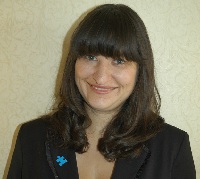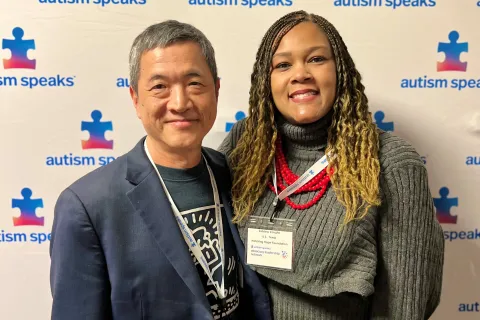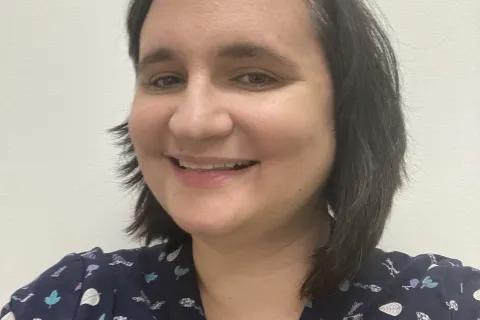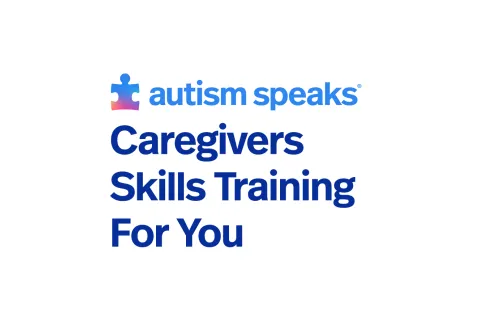Family in Remote Area Seeks Autism Treatment Guidance
By Lauren ElderToday’s “Got Questions?” answer comes from former Autism Speaks Assistant Director for Dissemination Science Lauren Elder.
I live in an area without access to intensive early intervention therapies for autism. What can I do to help my child?
First, let me say that we believe that all children with autism deserve high-quality early intervention. Autism Speaks also continues to advocate for improved insurance coverage for autism services in every state and across North America.
Meanwhile, we know that families need help coping with inadequate access to autism services in many communities.
So to start, I’m assuming that you’ve already gotten all the services you can through your state’s early intervention program and local department of education. (Find state-by-state information on early intervention programs) It may be that you realize that the services provided by your community are inadequate. Or you may be in such a remote location that it’s difficult to take your child to the closest service providers.
While there’s no substitute for professional, high-quality early intervention, we know that parent involvement is critical to ensuring that children with autism achieve their potential. In other words, there’s a lot you can do to help your child.
Here’s what I recommend:
- Learn about early intervention. Autism Speaks has developed a wealth of tool kits for families. I encourage you to read Autism Speaks ATN/AIR-P Parent’s Guide to Applied Behavior Analysis and ATN/AIR-P An Introduction to Behavioral Health Treatments.
- Develop your intervention plan. After educating yourself, you’ll want to decide what skills you want to teach your child. It’s important to have clear and specific goals. For example, if you want your child to learn more language, your first goal might be to teach how to point or make a simple sound to request something. These basic communication skills are the building blocks for speech. Many books on specific treatments (described above) have checklists of skills and advice on how to teach them. These can help you develop your treatment plan
- Continually improve how you teach your child new skills. Teaching skills take time. Don’t get discouraged if you’re not seeing the progress you’d like as fast as you’d like. This is your opportunity to problem-solve and improve your teaching. Think about whether the skill you’ve chosen is at the right level for your child. It might make sense to start with something easier. Consider how motivated your child is to learn about the activity you’re using to teach a skill. Might another activity provide greater motivation? Ask a friend or family member to watch your teaching and provide constructive feedback.
- Find ways to consult a professional. Even if you’re too remote to visit an autism clinic, chances are you can find a way to consult with a professional autism therapist. Phone and video consultations are two options. You might even be able to send a video of you working with your child to a therapist, who can then provide feedback.
- Engage family members, teachers and community. Share your new knowledge with the people in your child’s life. Encourage family members, trusted friends, teaches and others to take turns working and playing with your child. It will help your child if you all try to be consistent in the way you teach skills.
- Create a support and advocacy group. Find other parents of children with autism in your area. We’ve watched communities in remote locations around the world develop parent networks to assist and support each other. Your local parent network can also advocate for better services in your region!
There is no easy answer when a family does not have access to affordable, high-quality autism care. I also realize that only some of my tips will be right for your family. Hopefully this gives you some ideas on ways to supplement your child’s services.








